Iberian Camera Trap Team
If you want to contact us, please contact aicensusuhu@gmail.com.
We are a multidisplinary team:
Javier Calzada
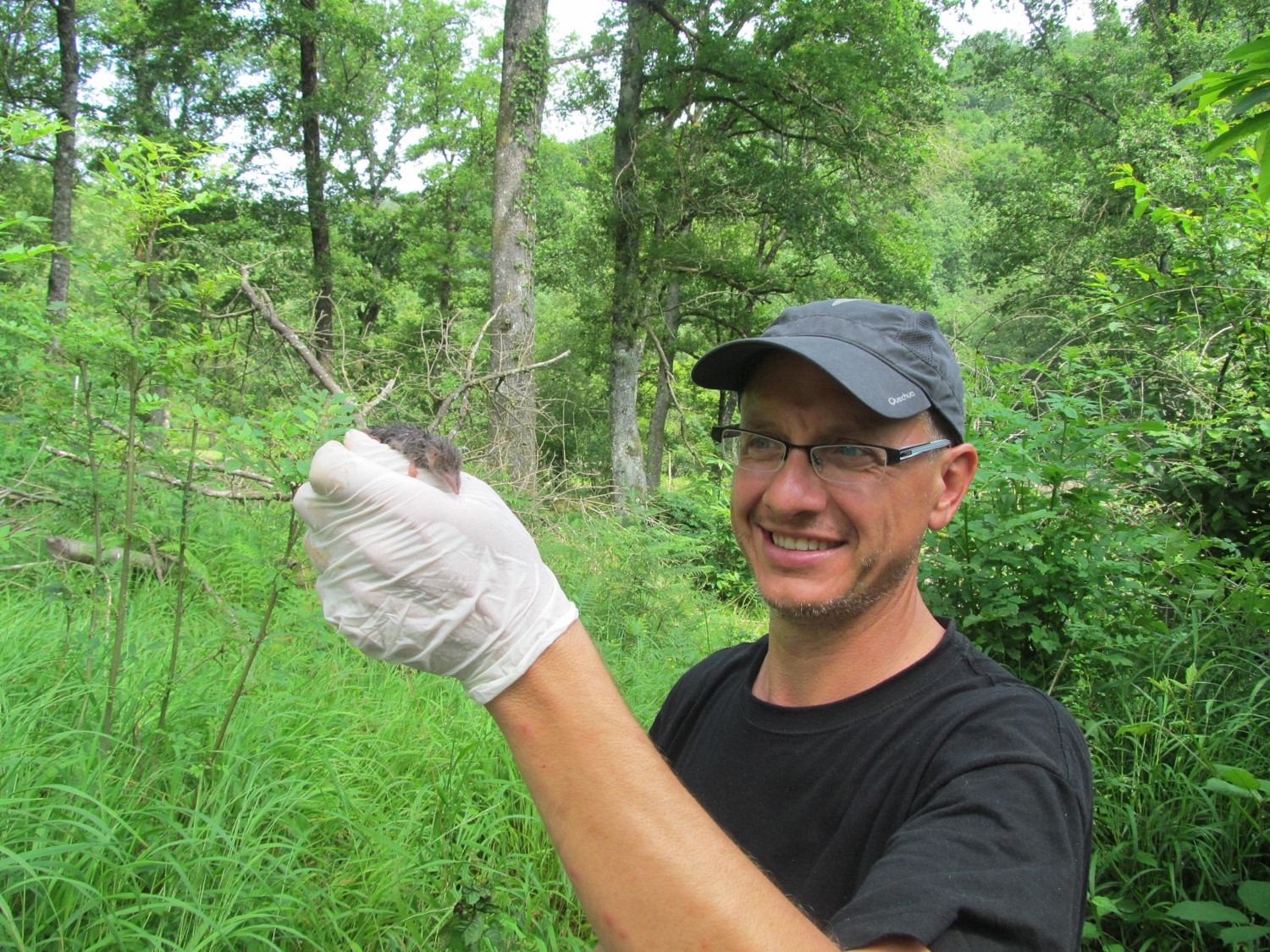 |
Ecologist |
|---|---|
| javier.calzada@dbasp.uhu.es | Javier is a lecturer in Zoology at the University of Huelva. His studies focus on mammalogy, population ecology, and conservation biology. He has worked with endangered species such as the Iberian lynx Lynx pardinus for many years. Currently, in collaboration with colleagues from other disciplines, he is heading the Automatic Census and Biodiversity Monitoring System project in the Iberian Peninsula. |
Simone Santoro
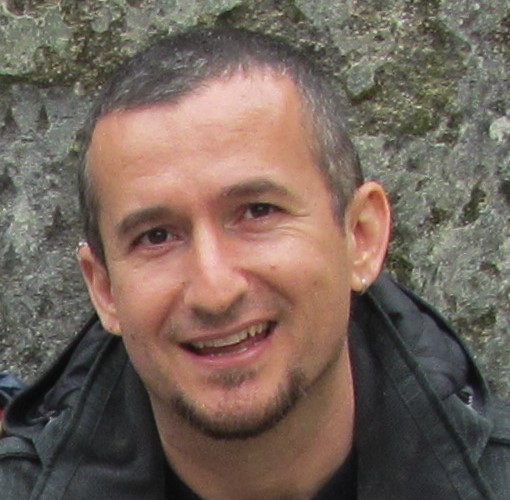 |
Ecologist |
|---|---|
| simone.santoro@dci.uhu.es | Simone holds a PhD degree in Ecology and a degree in Biology. He works on topics related to Population and Evolutionary Ecology and Host-Pathogen Dynamics. Data in Ecology contain a great deal of uncertainty due, for the most part, to poor animals’ detectability. Therefore, knowledge of appropriate quantitative methods is essential for the experimental design and analysis of data on wildlife surveillance. A common denominator of his scientific activity is the use of state-of-the-art statistical methods capable of addressing the imperfect detectability of animals to investigate spatial-temporal variations in ecological processes. |
Santiago Gutiérrez Zapata
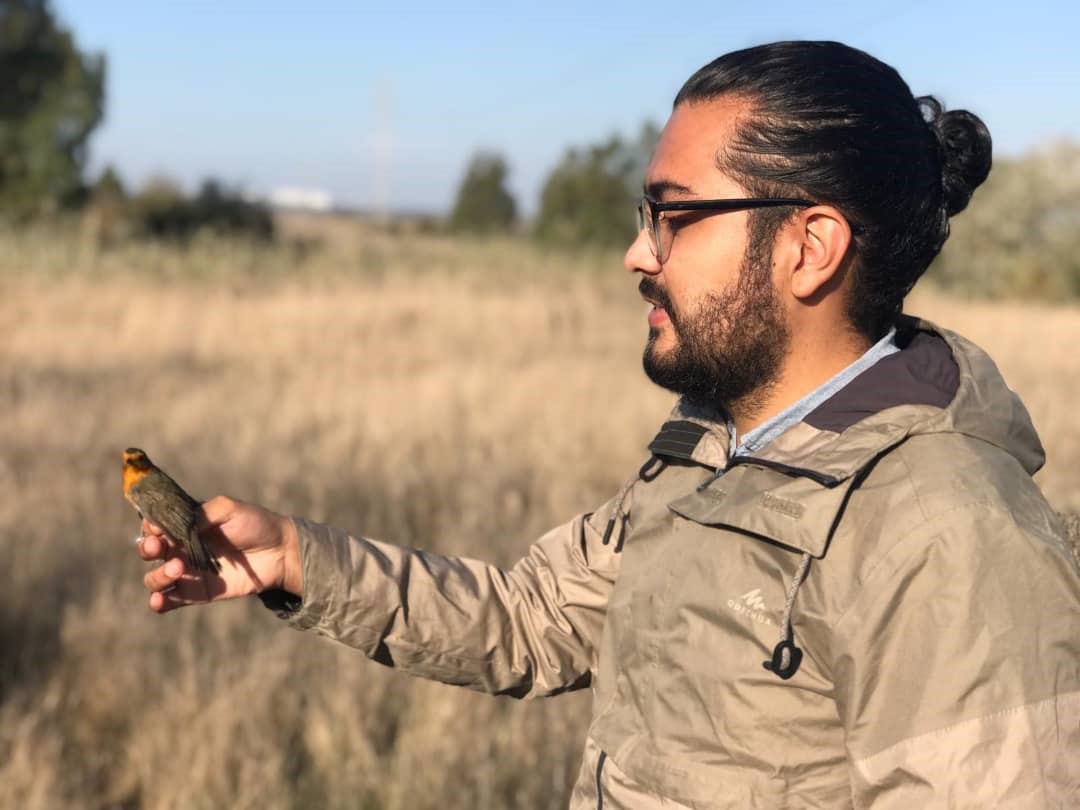 |
Biologist |
|---|---|
| santiago.zapata@alu.uhu.es | Santiago has a degree in biology and is interested in the monitoring and ecological study of mammals. He has a master’s degree in biodiversity conservation. He currently works on camera trap data for monitoring the Doñana National Park mammals. |
Alba Márquez-Rodríguez
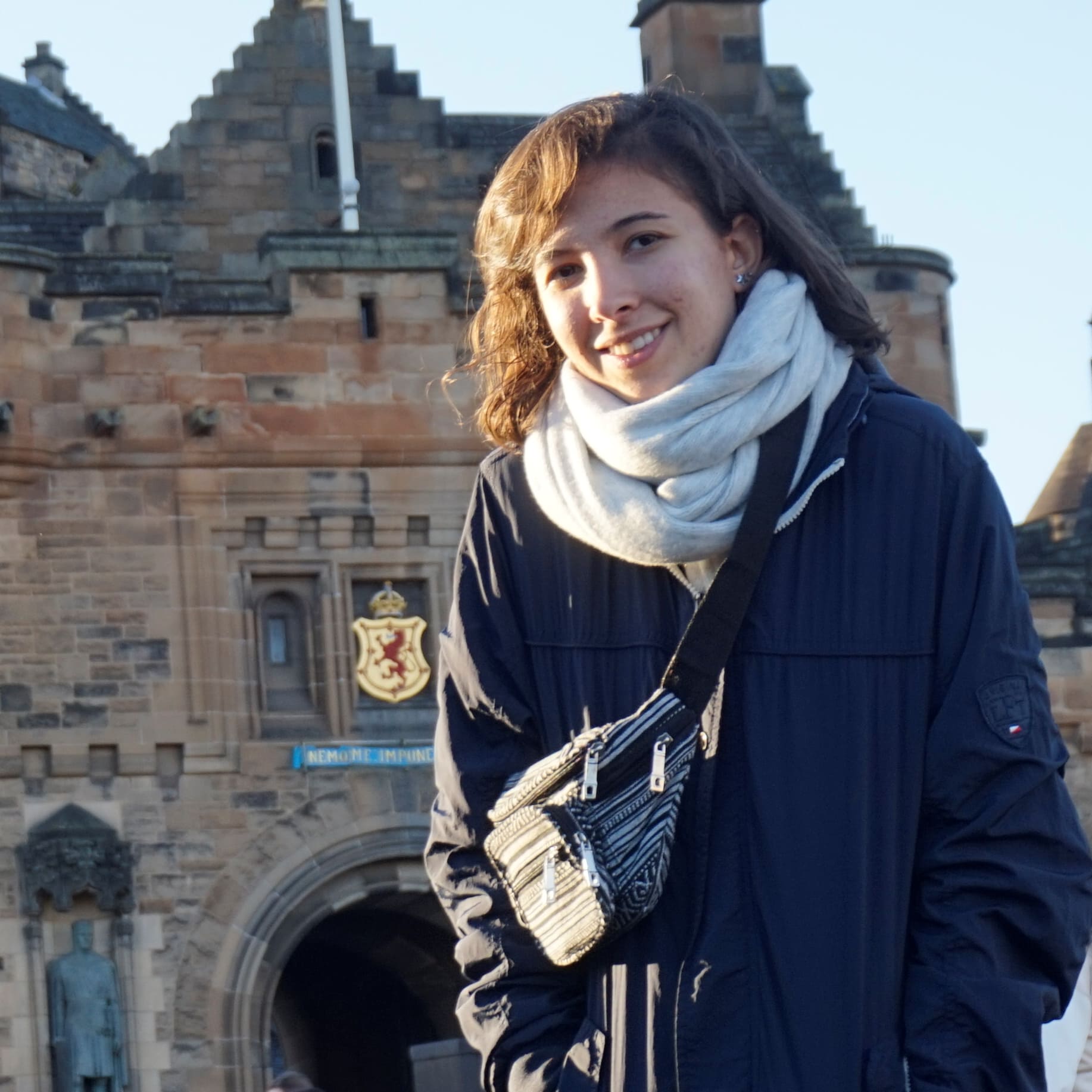 |
Computer Science Student |
|---|---|
| alba.marquez139@alu.uhu.es | Alba is a Computer Engineer from the University of Huelva. Combining her passion for computer science with her deep environmental awareness, she has discovered a strong interest in the intersection of technology and ecology. With a background in computer science, She is eager to contribute with her skills and knowledge to the field of Artificial Intelligence for conservation purposes. |
Cristian Díaz Martín
 |
Electronic engineer |
|---|---|
| cristian.diaz@diesia.uhu.es | Cristian has a degree in Industrial Electronic Engineering and is interested in monitoring, tracking and control of biodiversity in real-time. He has a master’s degree in Industrial Engineering and is a PhD student at the University of Huelva. He is working on integrating remote sensors, IoT technologies and Artificial Intelligence. Within this project, he has developed new cost-effective prototypes of camera traps capable of detecting movement, classifying the species in situ and sending the picture and label via wifi or GSM. |
Manuel Emilio Gegúndez Arias
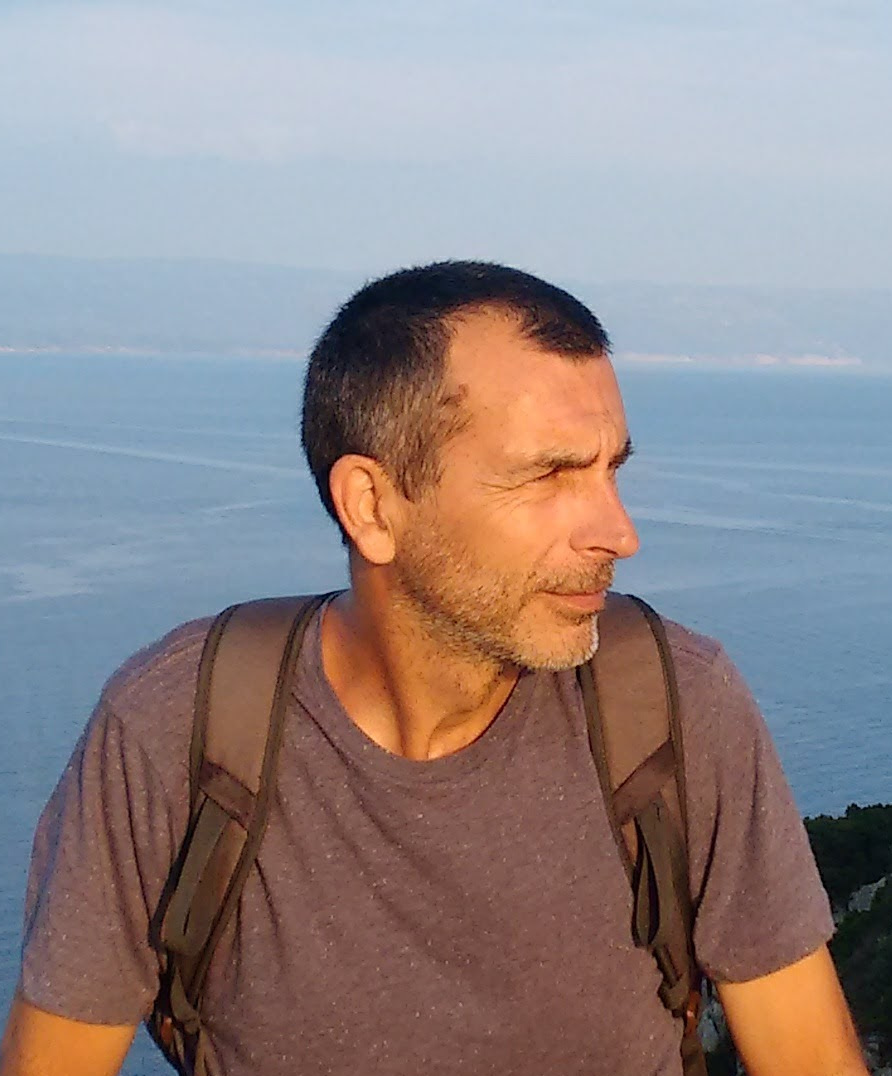 |
Computer vision expert |
|---|---|
| gegundez@uhu.es | Manuel received his PhD degree in Mathematics in 1999. Since 2001, he has been a lecturer at the Department of Mathematics at the University of Huelva. His current research interests include digital image processing and system modelling. |
Iberia Camera Trap Project
![]()
Implementation of the Automatic Census and Biodiversity Monitoring System in the Iberian Peninsula using Artificial Intelligence
- Zooniverse project: https://www.zooniverse.org/projects/aicensusuhu/iberian-camera-trap-project
- Twitter account: https://twitter.com/iberiancamtrap
- Facebook account: https://www.facebook.com/iberiancamtrap
The project
Ecologists and wildlife managers often study the size, distribution and dynamic of animal populations using automated camera-traps. But, while the cameras can potentially take huge amounts of images, it doesn’t exist an automatic method for extracting the information of these images. Normally, the identification of the photographed species and the digitization of the data are carried out by technicians and it is so laborious that most of the knowledge is not exploited. Using artificial intelligence, we can classify, accurately and with low effort, large numbers of images from camera traps and automatically digitize the information on them. We aim to develop a tool for the census and monitoring of biodiversity, that helps wildlife researchers and managers in their purposes of knowing and protecting our nature. Such a tool will be made available, in the short term, to the wildlife managers and researchers working in the protected areas of the Iberian Peninsula.
The Iberian Peninsula
The Iberian Peninsula is one of the most biodiverse regions in Europe. It houses 50% of the plants and the terrestrial vertebrate species of the continent. The importance of this region for the conservation of biodiversity is widely recognized. The 80% of its territory is part of one of the Biodiversity Hotspots of the world, and on its territory, there is the 20% of the areas protected by the European Union in the Natura 2000 network.
Regarding wildlife, in the Iberian Peninsula there are 66 species of native freshwater fishes, 30 species of amphibians, 70 species of reptiles, more than 300 species of breeding birds, and 137 species of mammals. But if the Iberian Peninsula stands out for something, it is for its high rate of endemism. Much of the autochthonous vertebrates here are endemic, including large species of mammals such as the Iberian lynx, Lynx pardinus, and the Iberian ibex, Capra pyrenaica.
Project Scientific Challenges
- To design and train a convolutional neural network (CNN) for the recognition of animal species from the Iberian Peninsula.
- To create a program for the automatic recognition of animal species in photo-trapping pictures using the CNN.
- To improve CNN by re-training with new images.
We need your help
We need your collaboration to identify the photo-trapping pictures. Most of the images have been given to us by people interested or involved professionally in camera trap photography. With your help in identifying the species, a tool for the census and monitoring of biodiversity will be developed and will be used to help wildlife researchers and managers in their purposes of knowing and protecting the biodiversity of the Iberian Peninsula.